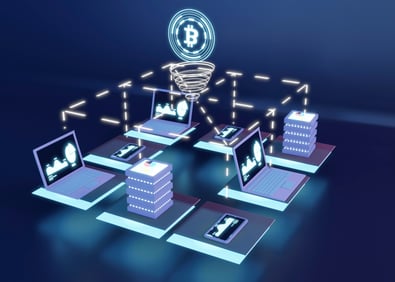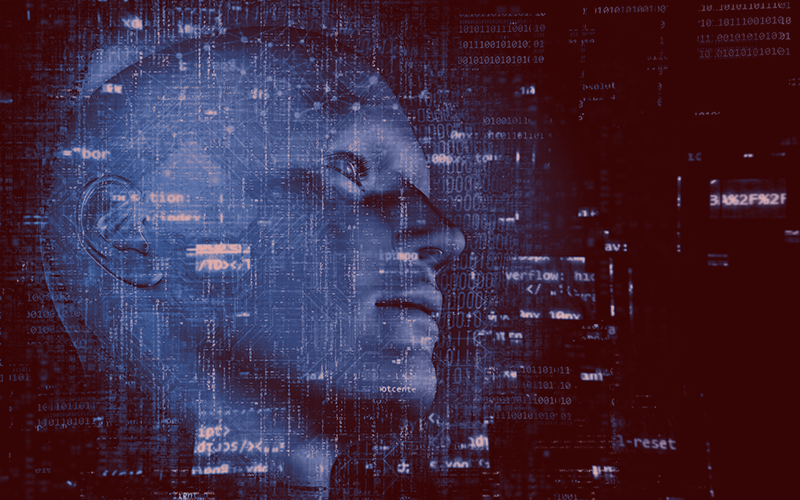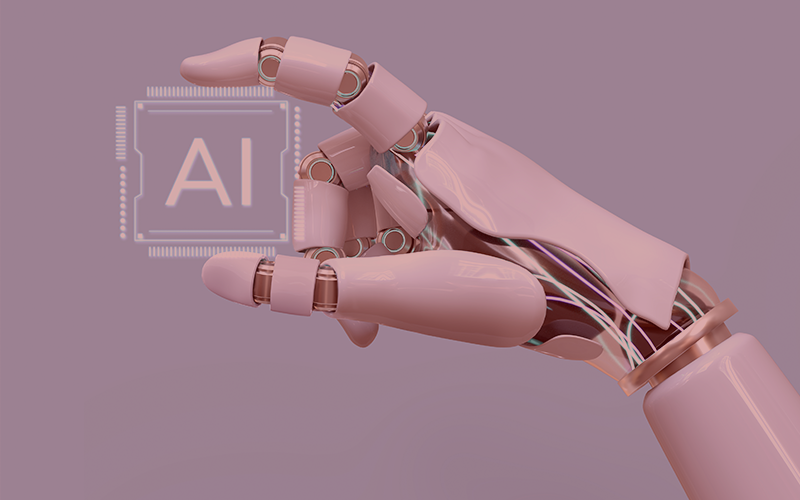Web 3.0, what changes and benefits will it entail for companies?
By Esteban Sardanyés on Mar 21, 2024 9:35:14 AM

Why do we talk about Web 3.0 when Web 2.0, the upgraded version of Web 1.0, is still being developed?
Yes, it may seem like a play on words, but we can't forget that Web 1.0 was the beginning of the internet as we know it today. The three Ws, the World Wide Web by Tim Berners-Lee, was a revolution aimed at offering a more autonomous, open, and intelligent internet, and it succeeded in doing so. However, we must not forget that technology never stops evolving, developing new capabilities and functionalities that make it much more powerful, to adapt to the needs and demands of users. Needs and demands that also evolve over the years.
For example, discussions about Artificial Intelligence and Deep Learning began in the 1970s, but it wasn't until almost 40 years later that their true potential was realized, leading to the development of various applications and technologies based on AI. The same happened with the creation of Web 2.0; there was a recognized need to create a more perceptive and intelligent web, and so far, it has worked very well for businesses. However, with the increase in data generation, its usage, and concerns regarding its handling, alongside the emergence of technologies like Blockchain or Machine Learning, there arose the need for a new web. The goal of Web 3.0 is to decentralize the internet and enable convergence among different technologies.

What do we mean by Web 3.0?
Web 3.0 is a type of Internet much more focused on understanding data to enhance user experience, as well as improving its security. In Web 3.0, this data ceases to be owned by anyone, and content becomes decentralized.
This decentralization enables basing Web 3.0 technology on a semantic web, meaning that data is automatically filtered to generate personalized mini-webs for each user.
Therefore, companies, through the search history and behavioral patterns of each of their users, will be able to create a browsing profile in line with this, showing them only what is truly of interest to them, to provide a unique browsing experience.
For example, even if two users input the same search criteria for a service, each will receive their own results.
Additionally, a characteristic of Web 3.0 is that the user can perform searches through voice, images, or immersive interactions.
Therefore, we are talking about a much more intelligent, user-centric, and precise internet.
Some examples of Web 3.0
Siri from Apple, Alexa, or Google Home... are examples of Web 3.0 as they combine artificial intelligence with voice recognition.
Why do we talk about a decentralized web?
The Web 3.0 is oriented towards open-source software, and applications run on Blockchain technology, peer-to-peer networks, or a combination of both.
Therefore, specific applications for Web 3.0 are called dApps, decentralized applications. An application is considered decentralized when another developer can take the open-source code of the dApp and build upon it, thus, multiple developers can have control over these applications.
Why is the arrival of Web 3.0 important for companies?
Thanks to Web 3.0, companies will be able to be more transparent, meaning that the user will know at all times what is happening with their data and the treatment they are receiving, providing them with greater knowledge and confidence in the company. Additionally, by offering the user what truly interests them and showing them only what they are actually seeking, the company will make the user feel appreciated. When a user receives more information than they requested, especially on topics unrelated to their real interests, they feel spammed, losing interest in the company.
On the other hand, user privacy will also be greater, since Web 3.0, unlike Web 2.0, utilizes Blockchain technology to store information. Blockchain records are protected by cryptography, where network users have their own private and secure keys. This key is directly assigned to transaction keys and acts as a personalized digital signature. This technology allows companies to share their responsibilities and roles. It also helps protect confidential information without compromising access for any privileged users.
Benefits of Web 3.0 for companies
Increased reliability and security for users
When discussing a decentralized web, it will provide greater security and confidence for users when providing their data to the company, as they will have absolute control over it, something that currently doesn't fully happen with Web 2.0.
An open web for everyone
Applications developed in a decentralized manner cannot be censored or restricted in any way, thus, no one has absolute control over them.
Enhanced user experience
By customizing navigation parameters, the user experience can be improved, providing quicker and more efficient responses to their needs.
Better understanding of users, higher sales probability
Thanks to data analysis in Web 3.0 regarding user behavior aided by Artificial Intelligence, companies will better understand users and their purchasing behavior, enabling them to generate advertising and content tailored to their expectations.
Undoubtedly, Web 3.0 will revolutionize both cybersecurity and usability. Currently in a very early stage, we cannot forget that it took more than ten years to transition from Web 1.0 to Web 2.0 and that improvements are still ongoing. However, we can begin to grasp the benefits that moving from Web 2.0 to Web 3.0 will bring for companies.
You May Also Like
These Related Stories

Petam.io 2.0 arrives with AI to democratize cybersecurity

Examples of cyberattacks launched with Artificial Intelligence



.png?width=262&height=150&name=accio-10-negre%20(1).png)

